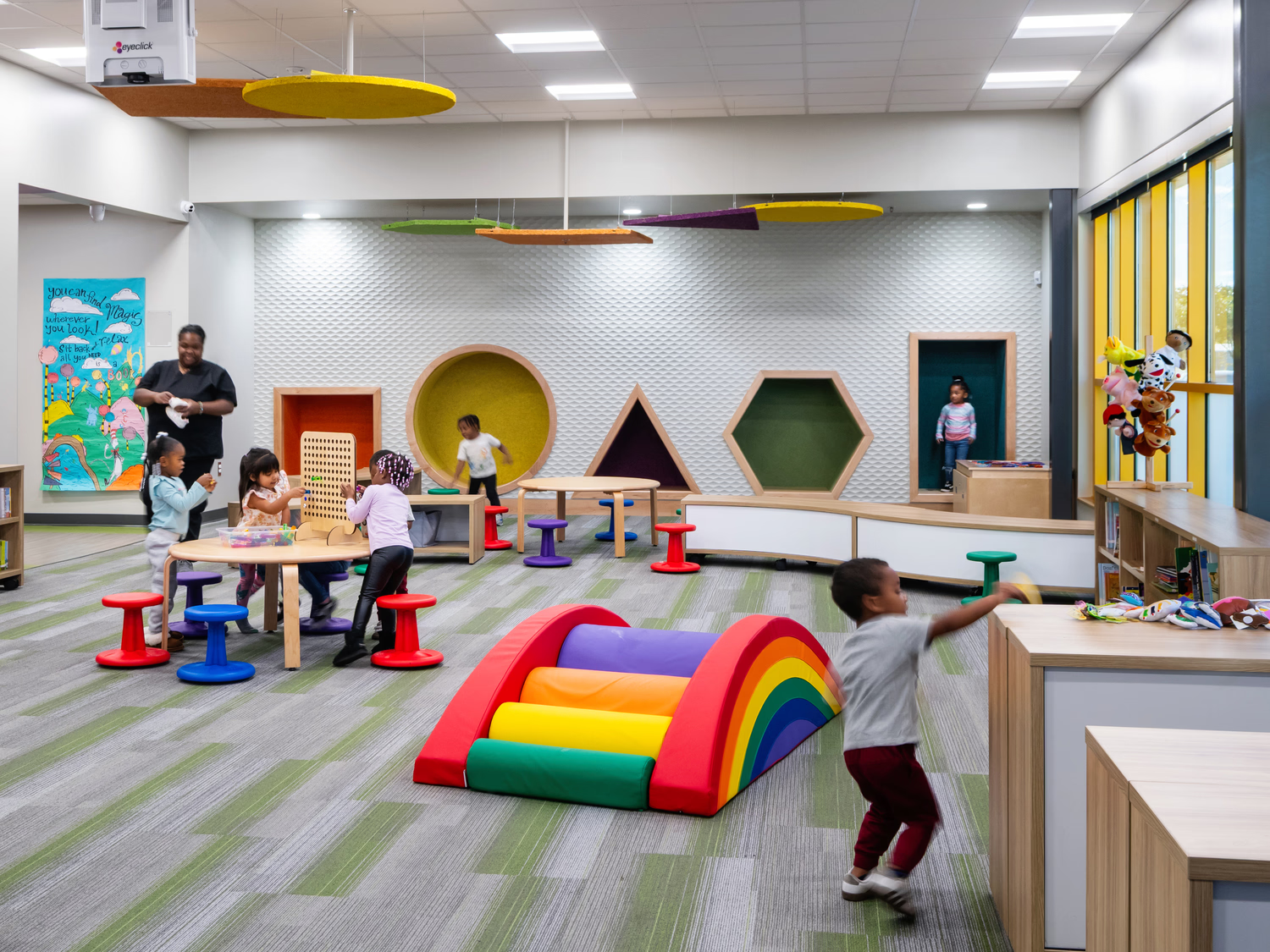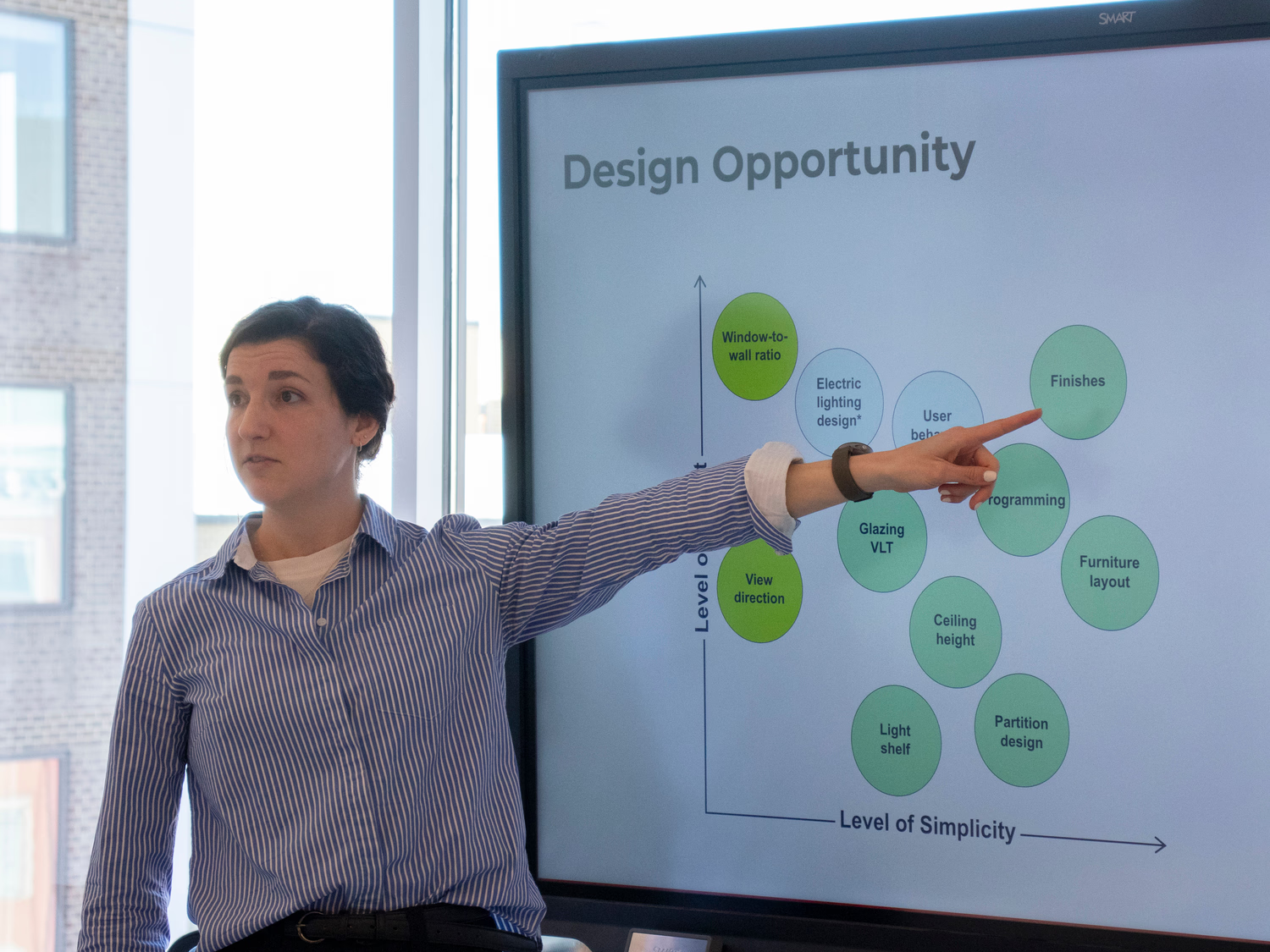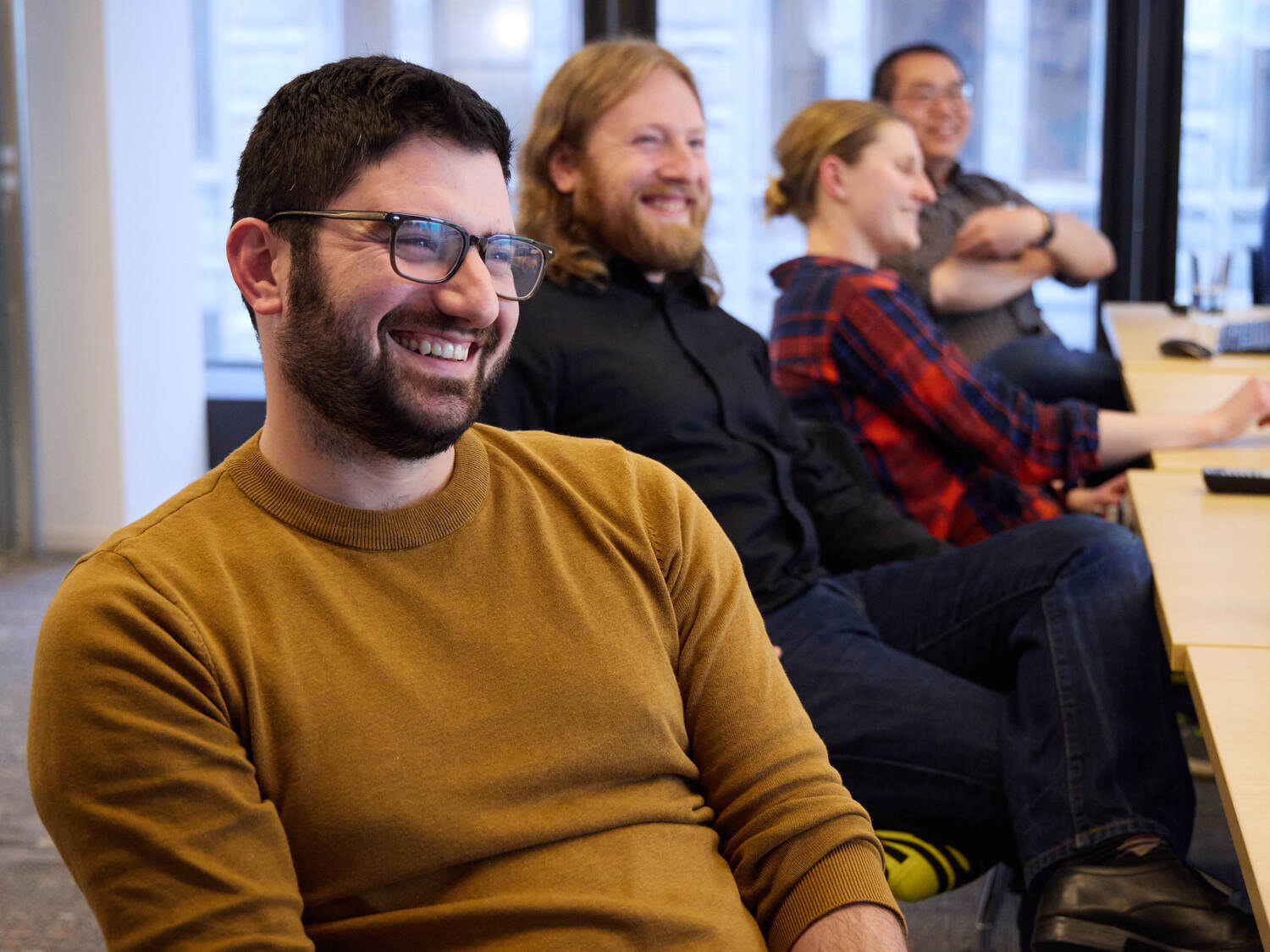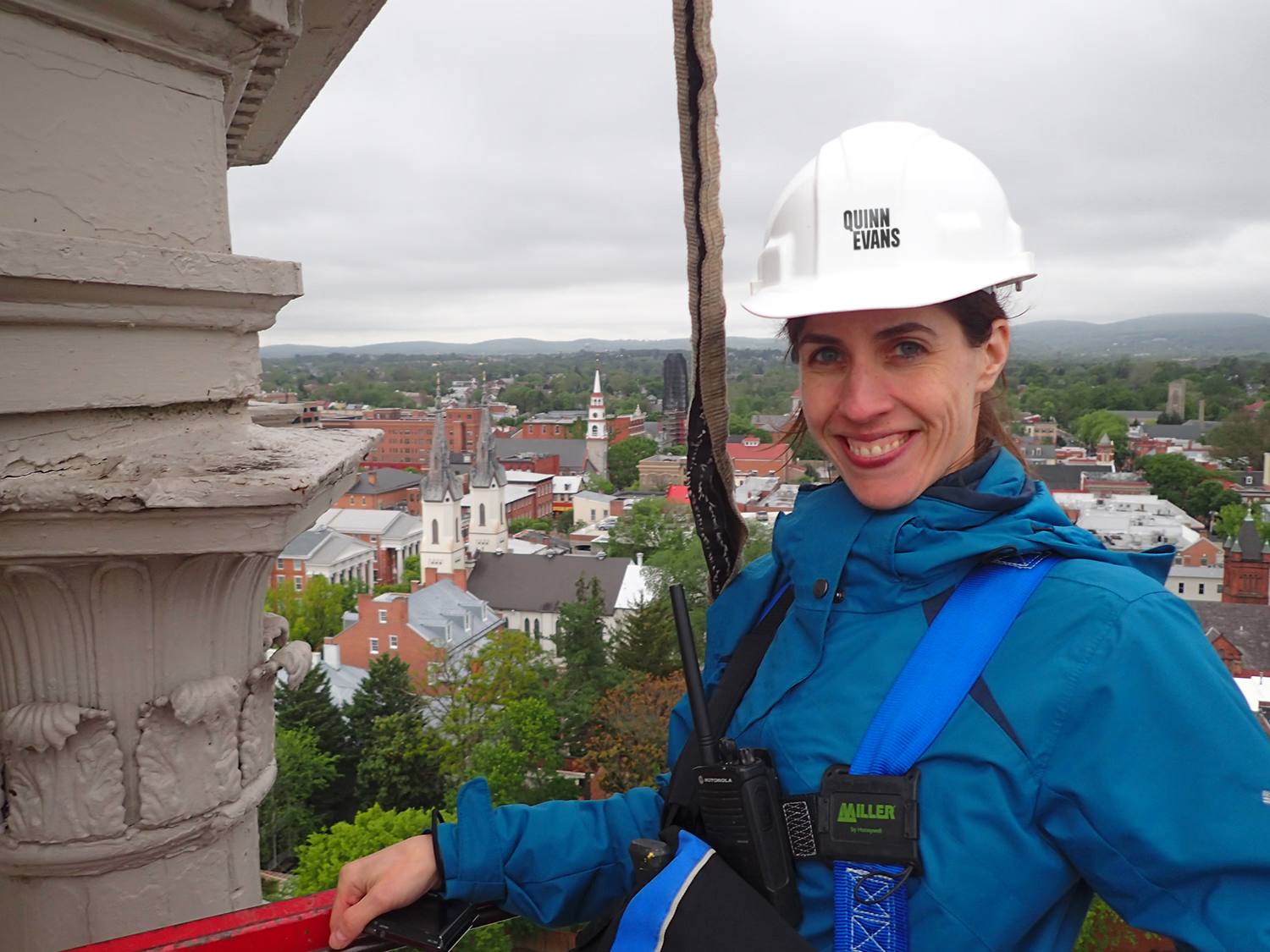Quinn Evans designs healthy and long-lasting buildings that benefit people, communities, and climate. We constantly look for opportunities to learn and realize the positive impacts of design. In 2021, we had the opportunity to advance our understanding of net zero energy strategies and low carbon material design through Washington, DC’s grant-funded design support for two of our projects, Hyacinth’s Way and Southeast DC Neighborhood Library.
.jpg)
The DOEE Building Innovation Design Assistance Grants support the city’s Sustainable Plan and Mayor Muriel Bowser’s pledge to make DC carbon neutral and climate resilient by 2050. The grants support leading-edge design work that promotes low carbon and net zero energy strategies.
Grant supported projects like these, give architects and designers an opportunity to spend more time to push the boundary of standard design performance and incorporate lessons learned for future work. These projects help us to understand what is possible in our current market through smart design.
-Julia Siple, AIA LEED AP Director of Sustainability QE
Regulation and policy related to energy and carbon continues to be more ambitious and restrictive and these leading-edge projects help to inform what the market can bear without significant construction cost impacts.
Net Zero Energy (NZE) buildings are extremely energy efficient, operating to produce as much energy as they consume over the course of a year. Healthy indoor environments and extremely low monthly utility costs make NZE particularly suitable for low-income housing. For Hyacinth’s Way, the DOEE grant funding enabled us to explore additional passive and active strategies impacting energy consumption and additional renewable energy sources. Once completed, Hyacinth’s Way will serve formerly unsheltered men and women over the age of 55 with mental health diagnoses. The building is specifically designed to prioritize their comfort and wellness. The project will also serve as a net-zero energy showcase with an extended building life cycle that includes a comparative energy model and renewable energy analysis that will inform future design strategies.
.png)
Quinn Evans has long valued and championed the revitalization of existing buildings as the most sustainable approach to building with an emphasis on embodied carbon studies. Embodied carbon refers to the emissions associated with a building before the lights even turn on—the emissions from extracting and manufacturing materials, the construction process, and end-of-life. Additionally, roughly 40% of CO2 generated during cement production is from burning fossil fuels in the manufacturing process while the other 60% naturally occurs from chemical reactions. Embodied carbon makes up 11% of global, annual carbon emissions.
Grant funding for the Southeast DC Neighborhood Library was awarded to better quantify the carbon value of reuse of the existing building and explore strategies to further reduce carbon through the structural design of the revitalization and addition. The historic Carnegie Library sits upon a dense urban site that necessitated a below-grade addition. Carbon reduction strategies explored design of the concrete and steel substructure to maximize structural material efficiency along with specification strategies for low carbon concrete and steel. The takeaway demonstrated a potential 44% carbon savings by combining reuse and low-carbon concrete strategies. While the below-grade addition will have a sizable carbon footprint, it is still less than building a comparably sized new building—and the carbon associated with the added structural materials can be significantly reduced by specifying low carbon concrete with alternate cementitious materials.
Quinn Evans' research is resulting in strategies for reducing embodied carbon with specific focus on building reuse and high-impact materials (concrete and steel). We are pushing harder to get down to net-zero energy (NZE) within the SE D.C. Neighborhood Library and Hyacinth’s Way project designs.







